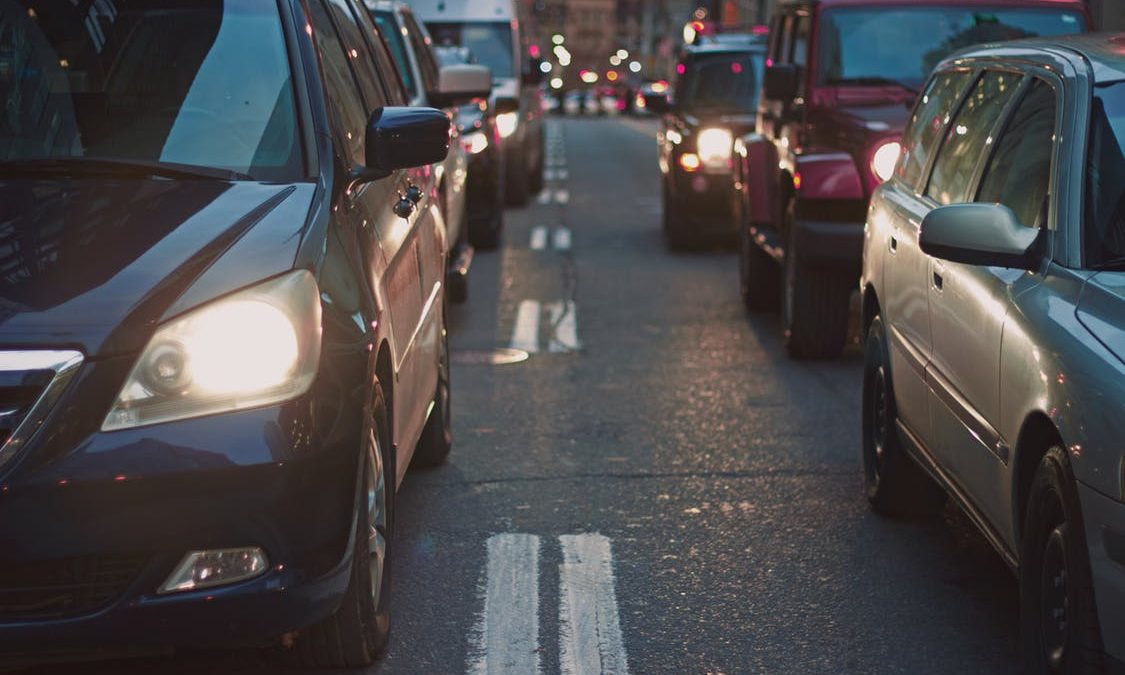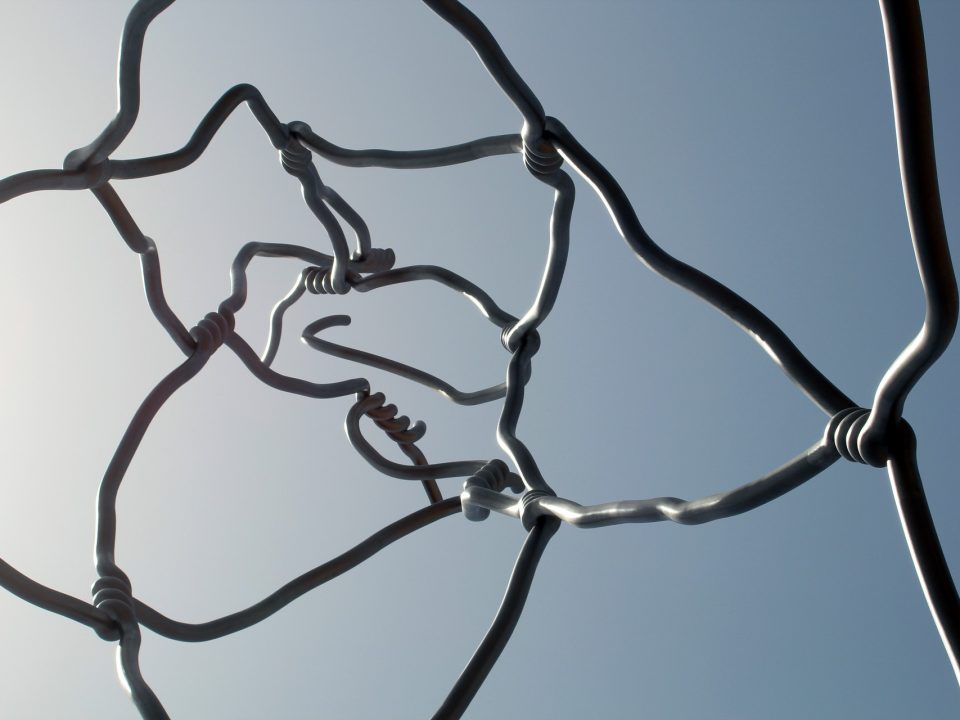Could Center City Enact Congestion Pricing?

The city of New York has been making headlines lately as they consider enacting something called congestion pricing. The main commercial districts of Manhattan are so clogged, so choked with motorists, that it makes sense on paper to start charging drivers for access to these streets during peak traffic hours. The purpose is twofold: not only will the fee discourage drivers from using the streets unless they absolutely have to, but it will funnel much-needed money towards NYC’s mass transit system, which is in need of upgrades and extensions. All the talk coming out of the Big Apple has some (namely, the folks at Curbed Philly) wondering if congestion pricing for Philadelphia might not be such a bad thing.

Would Philadelphia consider enacting congestion pricing to deal with clogged streets during rush hour?
Center City is undoubtedly the most congested part of Philadelphia during rush hours. It might make sense to start charging drivers to access these streets during the busiest times of day. It’s not like SEPTA couldn’t use the money. And enacting congestion pricing would likely make people more likely to bike, walk, take a bus or the train, or at least carpool, all of which are better for the environment.
It remains up in the air as to what New York is going to do. Gov. Andrew Cuomo is leading the force behind the proposed change, and it looks like New York City’s mayor, Bill de Blasio, is behind the idea as well.
If New York enacts congestion pricing, they would be the first American city to do so. Boston is also said to be considering the move, due to its heavily clogged streets. Boston drivers already contend with tolls, and city officials have apparently gone so far as to discuss where they might situate cameras to capture drivers’ license plates in anticipation of fees should the city move ahead with the plan.
One thing is for sure: if New York makes the jump to congestion pricing, other US cities are sure to follow behind in a domino effect.



